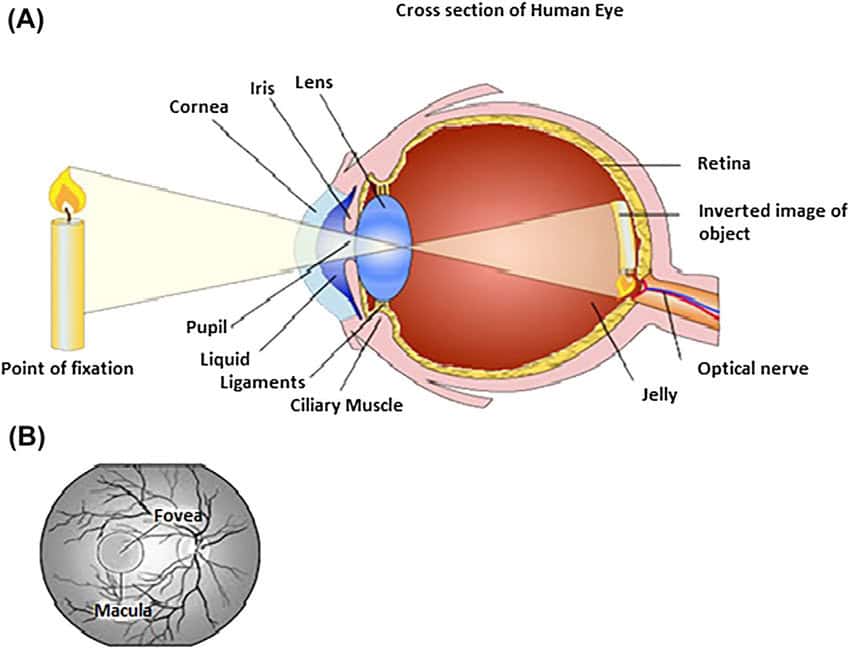07
Oct
The Cornea and Refraction: Essential Aspects of Eye Health at MICEI (Magrabi ICO)
Post in Cornea and Refractive Surgery
0 comment

At MICEI (Magrabi ICO), we prioritize comprehensive eye care, focusing on the cornea’s role in vision and the importance of refraction in eye health. Understanding these components is crucial for maintaining clear vision and overall eye well-being.
What is the Cornea?
The cornea is the transparent, dome-shaped front layer of the eye. It serves several vital functions, including:- Light Refraction: The cornea helps focus light onto the retina at the back of the eye, playing a crucial role in clear vision.
- Protection: It acts as a barrier against dust, germs, and other harmful particles, helping to keep the inner structures of the eye safe.
- Nourishment: The cornea receives nutrients from tears and the aqueous humor (the fluid in the front part of the eye) since it doesn’t have blood vessels.
Common Corneal Conditions
Several conditions can affect the cornea, leading to vision problems:- Keratoconus: A progressive condition where the cornea thins and bulges into a cone shape, causing distorted vision.
- Corneal Abrasions: Scratches or injuries to the cornea can lead to pain and sensitivity to light.
- Corneal Infections: Such as keratitis, which can be caused by bacteria, viruses, or fungi, leading to redness, pain, and vision loss if untreated.
- Corneal Dystrophies: Genetic disorders that cause clouding or irregularities in the cornea, affecting vision.
Understanding Refraction
Refraction is the bending of light as it passes through different mediums, such as the cornea and lens of the eye. Proper refraction is essential for focusing light accurately on the retina, enabling clear vision. If light is not focused correctly, refractive errors can occur:- Myopia (Nearsightedness): Distant objects appear blurry due to light focusing in front of the retina.
- Hyperopia (Farsightedness): Nearby objects appear blurry because light focuses behind the retina.
- Astigmatism: An irregular curvature of the cornea causes blurred vision at all distances.
The Role of Refraction Testing
At MICEI, our optometrists conduct comprehensive refraction tests to determine the best corrective lenses for patients with refractive errors. The testing process involves:- Visual Acuity Tests: Assessing how well you can see at various distances.
- Retinoscopy: A technique used to measure how light reflects off the retina to determine refractive error.
- Phoropter Testing: Patients try different lenses to find the best prescription for clear vision.
Treatments for Corneal and Refractive Issues
Various treatment options are available for corneal and refractive problems:- Corrective Lenses: Glasses or contact lenses are often the first line of treatment for refractive errors.
- Orthokeratology: Special contact lenses worn overnight to temporarily reshape the cornea, correcting vision during the day.
- Laser Surgery: Procedures like LASIK or PRK reshape the cornea to improve refractive errors permanently.
- Corneal Transplant: In severe cases of corneal disease or damage, a corneal transplant may be necessary to restore vision.

